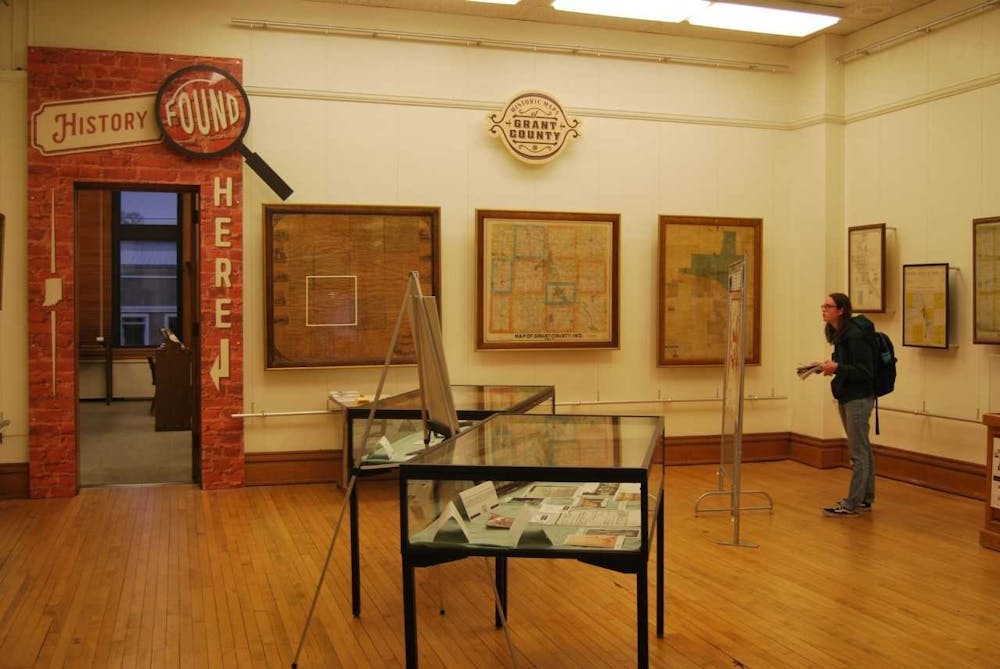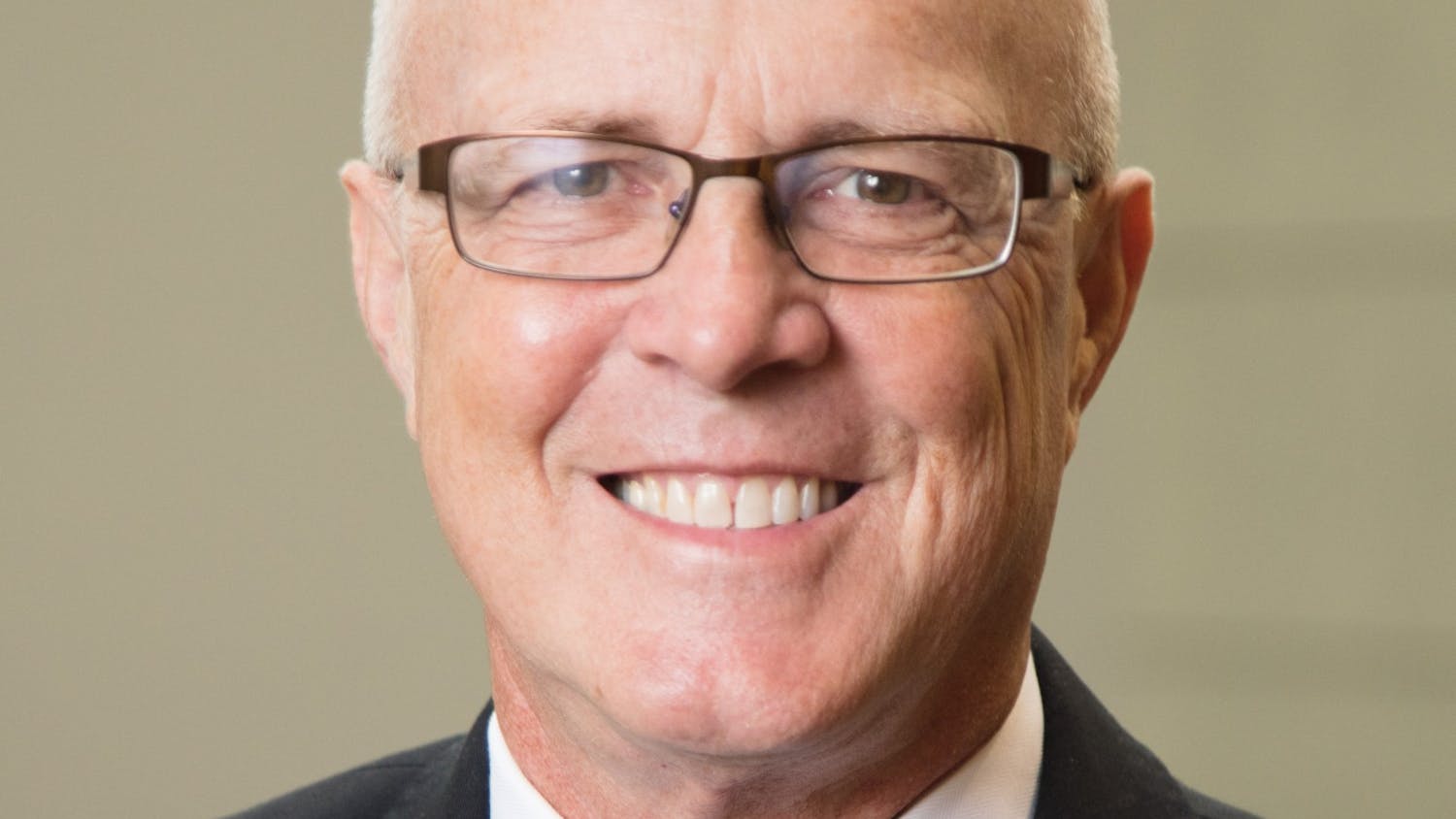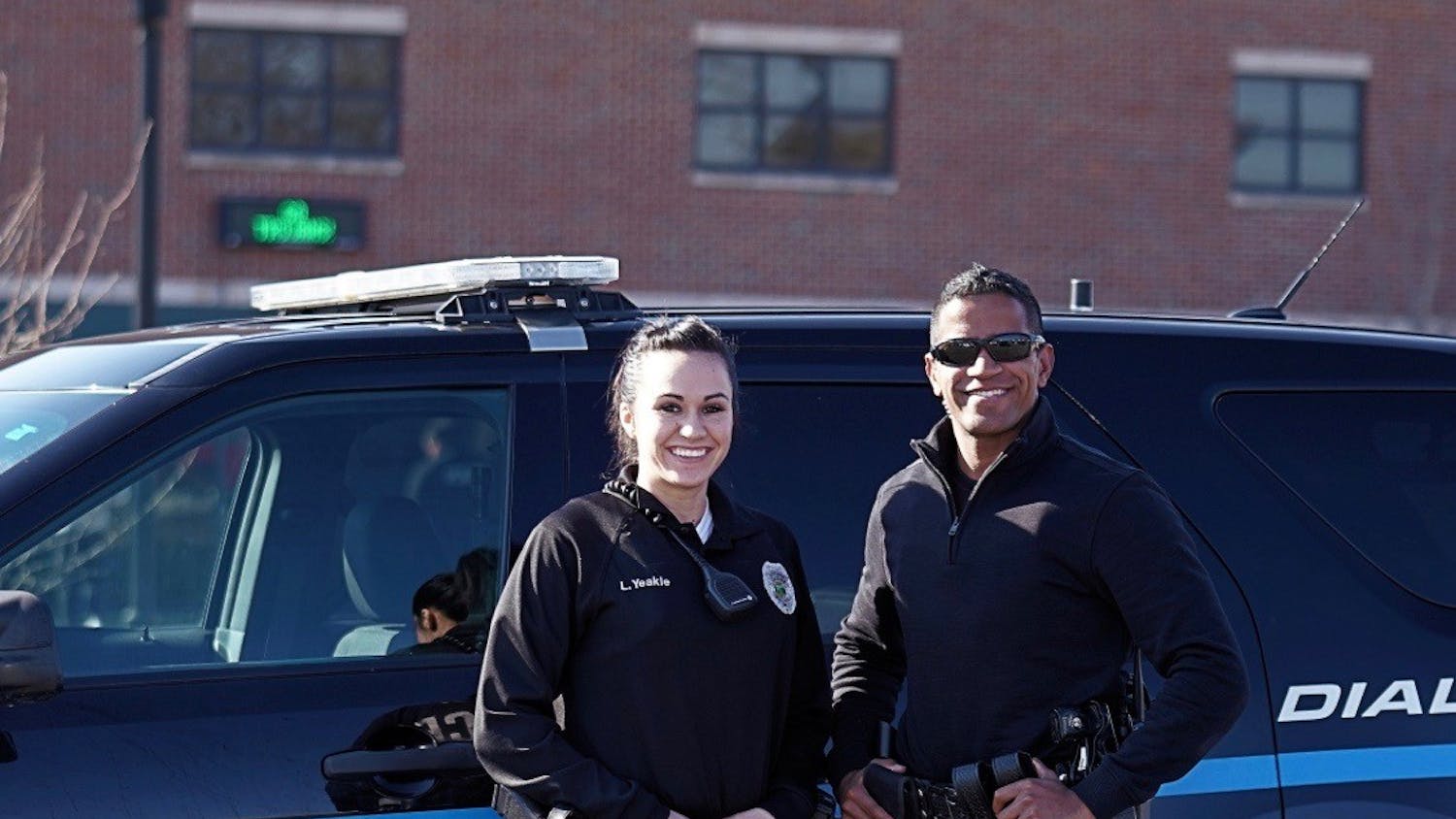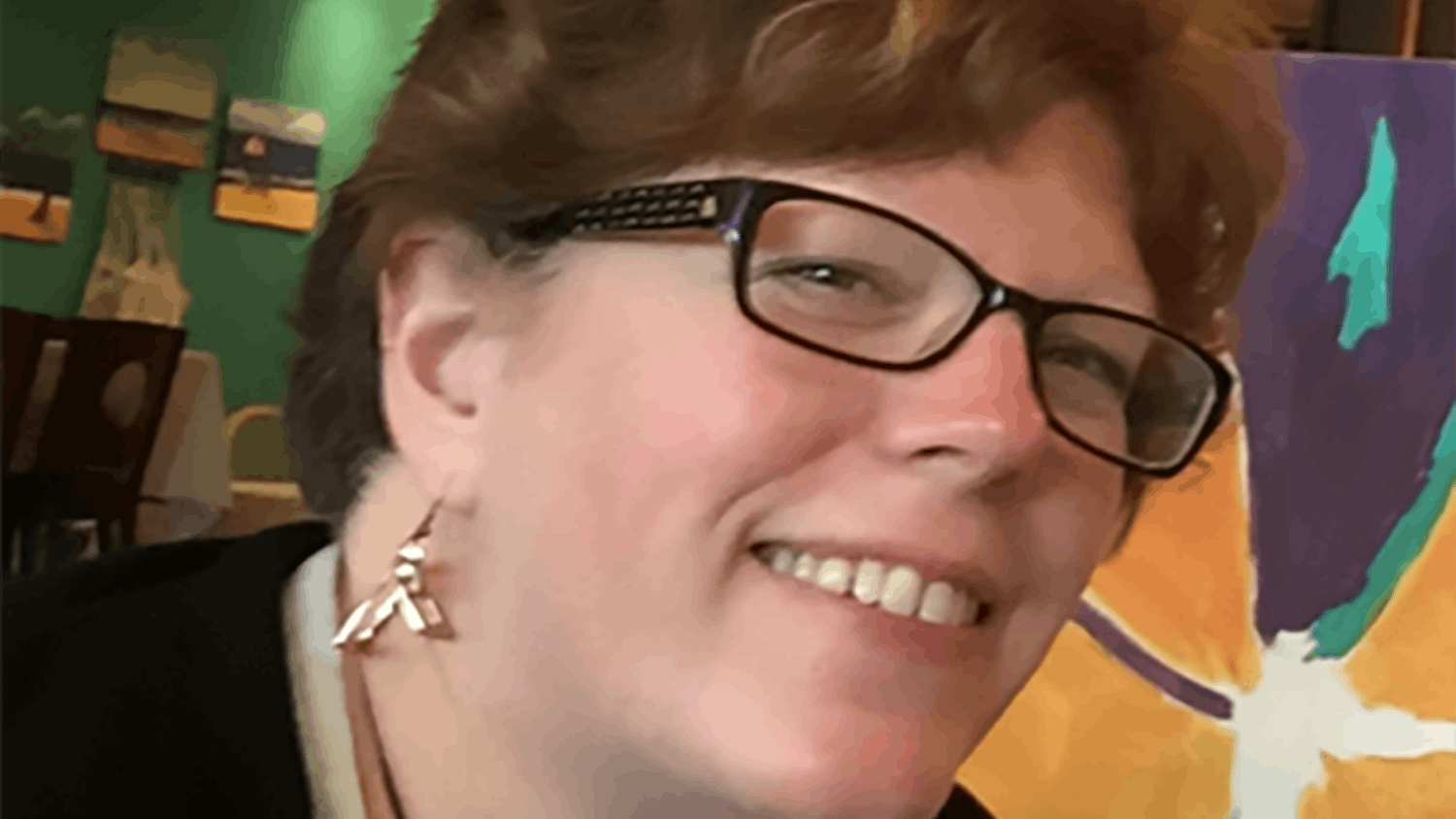Research when combined with passion and proximity has power.
Professor of Anthropology Robert Priest of Taylor University and Associate Professor of Social Work Kersten Priest of Indiana Wesleyan University’s research culminated in the opening of a museum exhibit, currently being shown at the Marion Public Library’s department of Indiana History and Genealogy.
“Everywhere we have gone we have liked to do something of local impact,” Robert Priest said.
The husband and wife team previously published an academic article on race and culture when they were living in South Carolina.
Upon visiting the library’s Department of Grant County’s History, the Priests noticed the lack of black history, despite 15.89% of the city being black, which is 2% above the national average.
A culmination of the past two years of research, the exhibit focuses on the local town of Weaver. The town was founded by three free African American families, one of which — the Weaver family — was the namesake of the town.
In 1840 there were 144 African American residents. The community continued to grow, and by 1870 Weaver increased to 736 African American residents owning 3,600 acres of land.
The museum exhibit opened in conjunction with the 100th Weaver family reunion. Over 120 people came to the opening.
“A lot of the people that we worked with we became very close to,” said senior Amanda Fleischmann. “We spent the past two years becoming part of their family, listening to their stories, going to their reunions, I even began going to church with many of them.”
Fleischmann spent her second summer with the research team, becoming an integral part. She presented the work that she did with the ethnography (a scientific presentation on a culture) of Weaver at a Trinity Evangelical Divinity School’s conference.
One of the unique parts of Weaver was that a majority of the original settlers were not slaves, so the research team was able to trace the family lineage beyond 1860. This provided a rare ethnography and family tree of African American families.
Many of the artifacts and items that are featured in the museum were kindly donated by Opha Betts, one of the many family historians. Betts passed away on last year at the age of 88.
Proceeding her funeral, many of the family members who lived out of town and had not had the chance, visited the museum exhibit that Betts had helped curate.
The research team also worked closely with Norma Johnson, William Burden and Von Jackson, who are known within their families and the community as family historians and genealogists.
“They ask me questions, and if I have them, I help them out,” Burden said.
Since retiring, Burden has been researching his own genealogy in his free time. With a perpetual smile on his face and a laugh at the ready, Burden goes to the library’s Department of Indiana History and Genealogy nearly everyday.
He adds to his book of the Burden family history and helps to lead and participate in the local genealogy club meetings at the library.
“It is great to see all of the people in here, and even better now that I’m not the only one at the meetings,” Burden said. “I was feeling like a raisin in the oatmeal.”
The Weaver exhibit tells the unknown history of the community in which Taylor.
It tells the story of the remarkable bravery and racial cooperation that our county was founded upon. The early Weaver community was made possible by the assistance of white Christian farmers who were integral to the foundation of the community, according to the exhibit.
“It’s a unique exhibit, and this history is often overlooked, but it is a part of everyone in Grant County’s history,” said Rhonda Stoffer from the Indiana History and Genealogy department.
In a time where the Indiana constitution banned African Americans from owning land, punishable by fines of up to $500 — which would equate to $5,304.09 in 2019 — the Weaver community owned 3,600 acres. A large part of their ability to do so was because of the local white farmers’ aid to the black settlers.
However, the exhibit also focuses on the remarkable acts of black agency, or independant action by black Americans, that came to define Weaver.
Mathew Becks Sr. was a freed slave that settled in Weaver and bought his family out of slavery.
Davey Wilson, a local pastor, was influential in the growth of the Underground Railroad throughout the Midwest.
Bishop William Paul Quin, helped establish over 100 African Methodist Episcopal churches.
Lewis Jackson, one of the first African American pilots who trained the Tuskegee airmen, many of whom were awarded the purple heart, went to Marion College now known as Indiana Wesleyan University.
2020 will be the 100-year anniversary of the NAACP chapter in Marion, according to Stoffer. In addition to receiving a grant to purchase African American children’s books, the library also plans to keep the exhibit up until summer and the NAACP’s anniversary before the exhibit moves to the State level.





